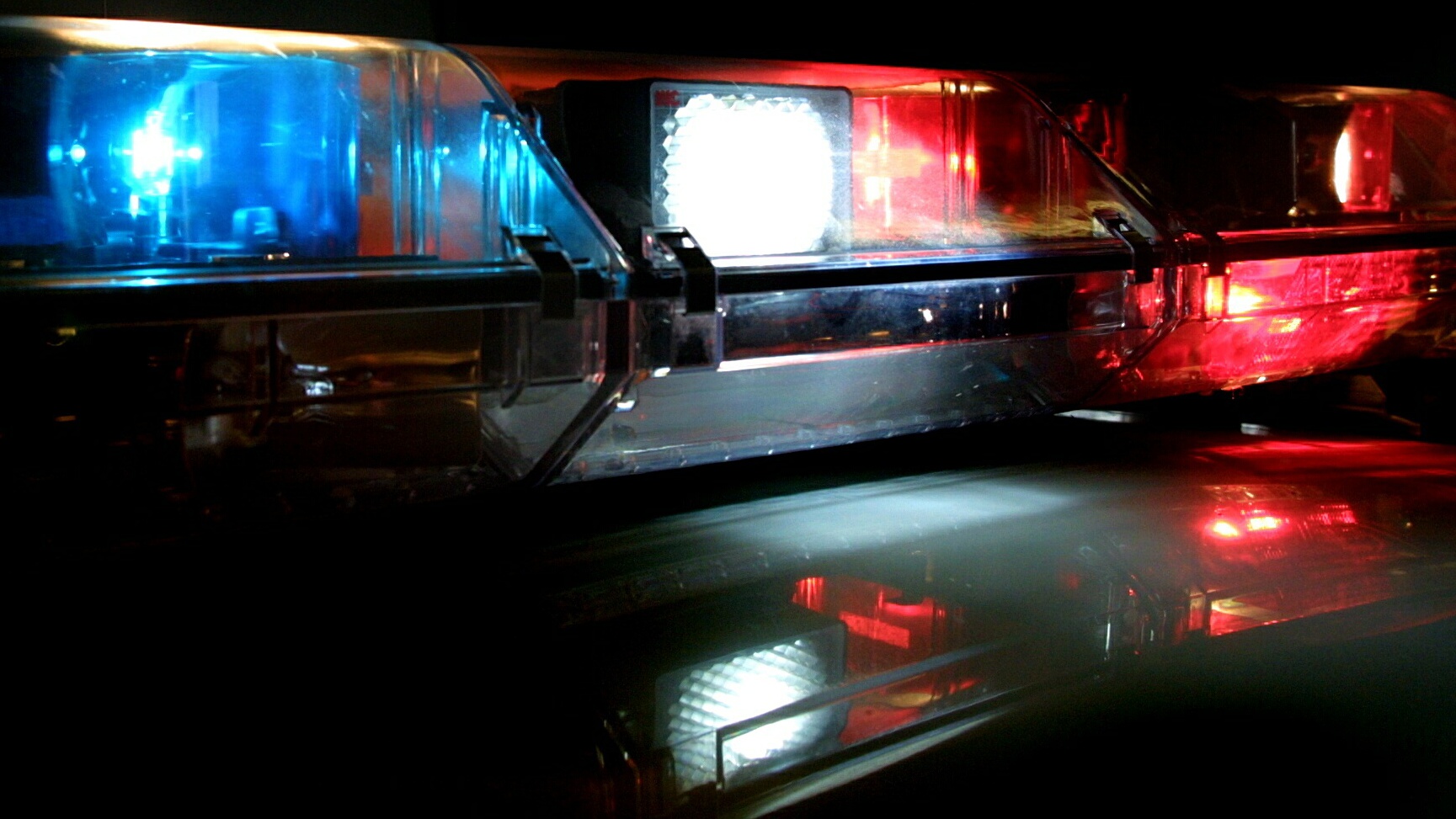Police on the Look Out for Drunk Drivers as Halloween Approaches
Halloween has become a big party weekend not just for little kids, but also for teens and adults. State and local police have increased patrols looking for impaired drivers through November 1st. They’re especially watching for underage drinkers who get behind the wheel.
PennDOT spokeswoman Erin Waters says there were more than 12 hundred crashes last year statewide involving at least one underage drinker. She says people under 21 do not need to have a blood alcohol level of .08 to be arrested. If they have a level of .02, because it’s illegal for them to be drinking in the first place, they could face jail time and have their license suspended.
For adults who furnish alcohol to minors, Waters says there are fines of at least $1,000.00 for the first child and $2500.00 for each additional minor.
Last Halloween, Waters says there were more 300 accidents, involving 9 fatalities. Six of those deaths occurred in alcohol-related crashes. Halloween fell on a Sunday last year.
Holidays can be a deadly time on the roads. Waters says Halloween usually falls about in the middle, since it’s not a travel holiday such as Thanksgiving and the Christmas and New Year period.



